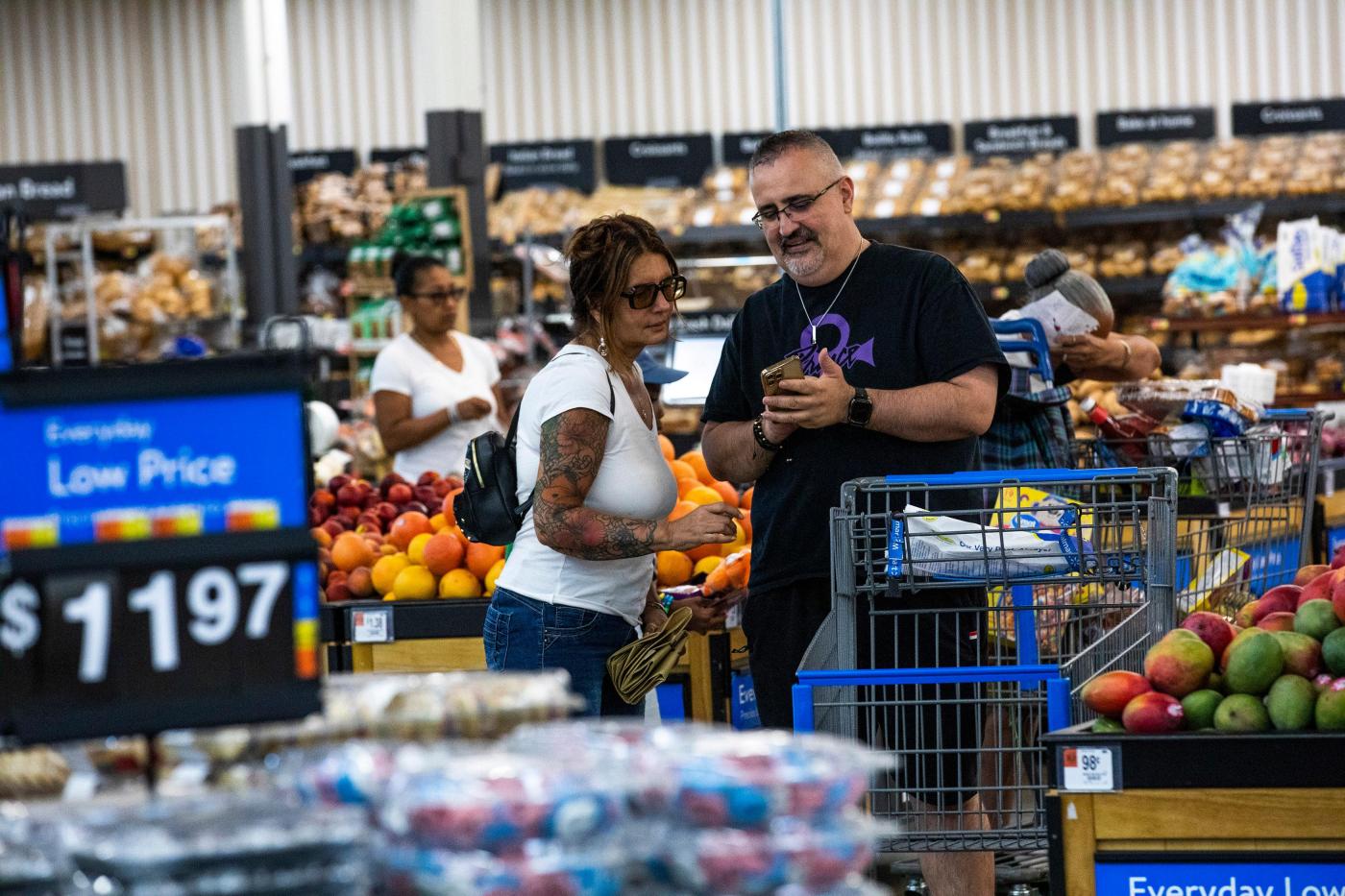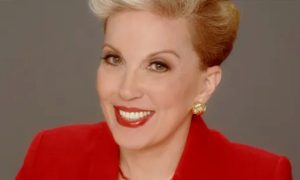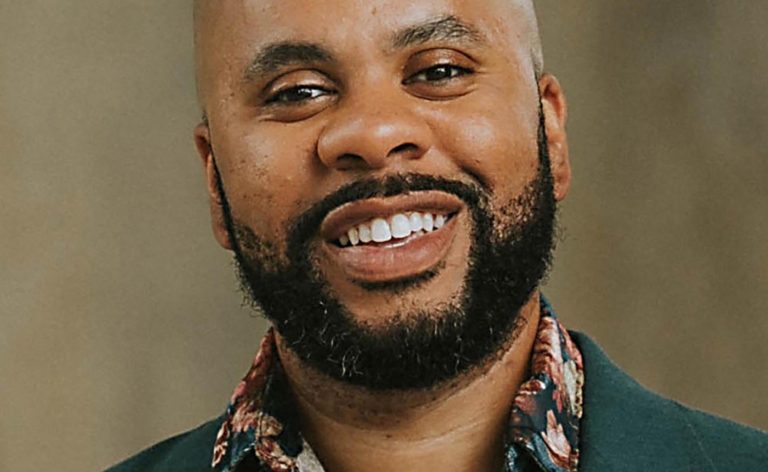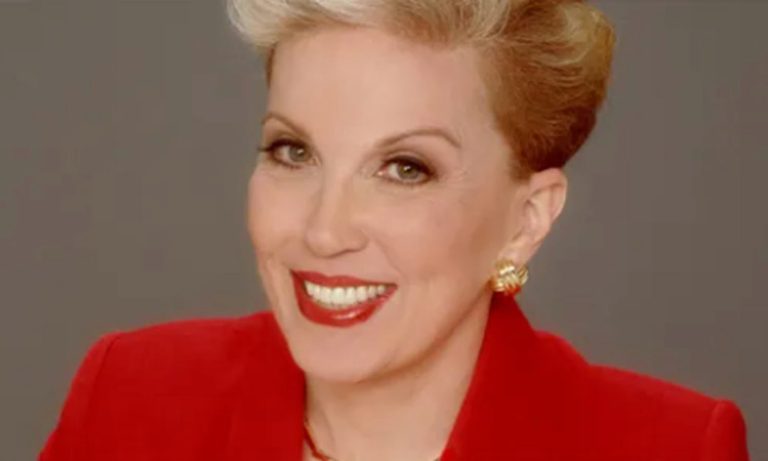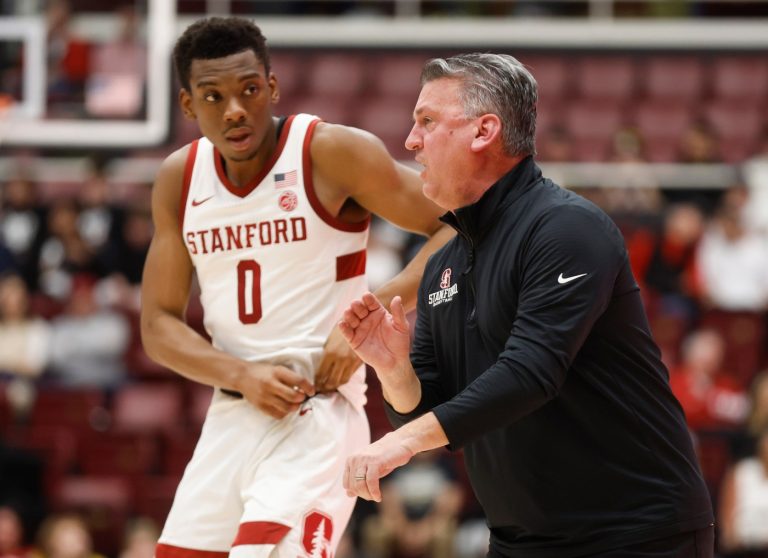By CHRISTOPHER RUGABER
WASHINGTON (AP) — The post-pandemic spike in U.S. inflation eased further last month as year-over-year price increases reached a three-year low, clearing the way for the Federal Reserve to cut interest rates and likely shaping the economic debate in the final weeks of the presidential race.
Related Articles
Opinion: From California to Idaho, most-regulated states need to get off autopilot
Tech, biotech job cuts jolt Bay Area as two green energy firms stumble
San Jose seeks receiver to seize control of fire-torched lot of blight
Jill On Money: Kids and money
What will happen to the Bay Area’s millions of square feet of closed mall space?
Wednesday’s report from the Labor Department showed that consumer prices rose 2.5% in August from a year earlier, down from 2.9% in July. It was the fifth straight annual drop and the smallest since February 2021. From July to August, prices rose just 0.2%.
Excluding volatile food and energy costs, so-called core prices rose 3.2% in August from a year ago, the same as in July. On a month-to-month basis, core prices rose 0.3% last month, a slight pickup from July’s 0.2% increase. Economists closely watch core prices, which typically provide a better read of future inflation trends.
“Today’s report will add to confidence within the Fed that inflation is indeed on a sustainable path towards 2%,” the Fed’s target level, Carl Weinberg, chief economist at High Frequency Economics, wrote in a note to clients.
For months, cooling inflation has provided gradual relief to America’s consumers, who were stung by the price surges that erupted three years ago, particularly for food, gas, rent and other necessities. Inflation peaked in mid-2022 at 9.1%, the highest rate in four decades.
A key reason for last month’s drop in overall inflation was the third drop in gas prices in the past four months: Average gas prices fell 0.6% from July to August and are down 10.6% from a year ago. And used cars fell 1% last month. Measured from a year earlier, used car prices have tumbled 10.4%.
Grocery prices were unchanged from July to August, extending a cool-down in food costs even though they remain much higher than they were three years ago. Over the past year, grocery prices have ticked up just 0.9%, similar to the pace of pre-pandemic food inflation.
The tick-up in core inflation from July to August reflected an acceleration in housing costs and some spikes in the prices of air fares and hotel rooms, which are expected to prove temporary. Airline fares jumped 3.9% just from July to August after having dropped the previous five months. Hotel room prices climbed 1.8% last month; they had fallen in two of the previous three months.
Fed officials, who are watching housing costs closely, expect them to cool more consistently in the coming months. According to the real estate brokerage Redfin, the median rent for a new lease rose just 0.9% in August from a year earlier, to $1,645 a month. But the government’s measure includes all rents, including those for people who have been in their apartments for years. It takes time for the slowdown in new rents to show up in the government’s data. Last month, rental costs rose 5.2% from a year ago, according to the government’s consumer price index.
The Fed’s policymakers have signaled that they’re increasingly confident that inflation is falling back to their 2% target and are now shifting their focus to supporting the job market, which is steadily cooling. As a result, they are poised to begin cutting their benchmark interest rate next week from its 23-year high in hopes of bolstering growth and hiring. A modest quarter-point cut is widely expected. Over time, a series of rate cuts should reduce the cost of borrowing across the economy, including for mortgages, auto loans and credit cards.
Former President Donald Trump has heaped blame on Vice President Kamala Harris for high inflation, which erupted in early 2021 as global supply chains seized up, causing severe shortages of parts and labor. Harris has proposed subsidies for home buyers and builders in an effort to ease housing costs and backs a federal ban on price-gouging for groceries. Trump has said he would boost energy production to try to reduce overall inflation.
A number of trends suggest that inflation will keep slowing. Those signs include a drop in oil prices to roughly $67 a barrel early Wednesday, down from a high of $80 last month.
Americans’ paychecks are also growing more slowly — an average of about 3.5% annually, still a solid pace — which reduces inflationary pressures. Two years ago, wage growth was topping 5%, a level that can force businesses to sharply raise prices to cover their higher labor costs.
In a high-profile speech last month, Fed Chair Jerome Powell noted that inflation was coming under control and suggested that the job market was unlikely to be a source of inflationary pressure.
Consumers have propelled the economy for the past three years. But they are increasingly turning to debt to maintain their spending and credit card, and auto delinquencies are rising, raising concerns that they may have to rein in their spending soon. Reduced consumer spending could lead more employers to freeze their hiring or even cut jobs.
